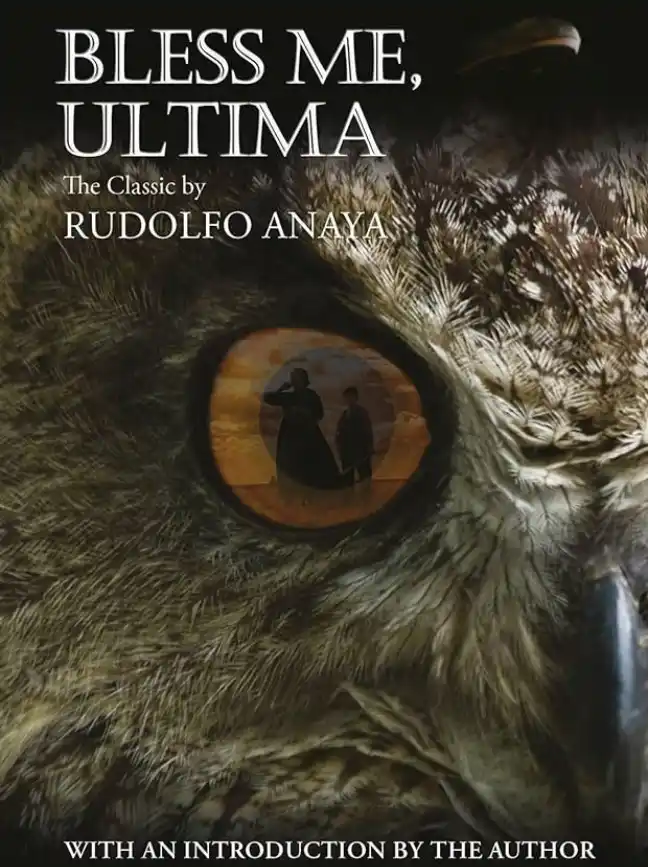Getting animals used to the presence of humans is at the heart of the art and science of zookeeping. The key aim is to diminish an animal’s flight distance, which is the minimum distance at which an animal wants to keep a perceived enemy. A flamingo in the wild won’t mind you if you stay more than three hundred yards away. Cross that limit and it becomes tense. Get even closer and you trigger a flight reaction from which the bird will not cease until the three-hundred-yard limit is set again, or until heart and lungs fail. Different animals have different flight distances and they gauge them in different ways. Cats look, deer listen, bears smell. Giraffes will allow you to come to within thirty yards of them if you are in a motor car, but will run if you are ISO yards away on foot. Fiddler crabs scurry when you’re ten yards away; howler monkeys stir in their branches when you’re at twenty; African buffaloes react at seventy-five.
Our tools for diminishing flight distance are the knowledge we have of an animal, the food and shelter we provide, the protection we afford. When it works, the result is an emotionally stable, stress-free wild animal that not only stays put, but is healthy, lives a very long time, eats without fuss, behaves and socializes in natural ways and—the best sign—reproduces. I won’t say that our zoo compared to the zoos of San Diego or Toronto or Berlin or Singapore, but you can’t keep a good zookeeper down. Father was a natural. He made up for a lack of formal training with an intuitive gift and a keen eye. He had a knack for looking at an animal and guessing what was on its mind. He was attentive to his charges, and they, in return, multiplied, some to excess.








